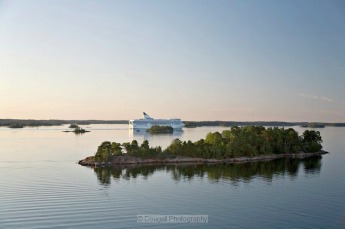
Alaska, more so than most other cruises, holds the promise of wildlife on land and sea - but often at quite a distance. This means that I want my longest lenses and a couple of DSLR bodies so that I can be ready to go from landscape to wildlife work.
So, with shorter distances to travel, less restrictions of cabin luggage and the need for longer lenses for wildlife, I find myself carrying more gear. This is a luxury of choices that I just don't feel I have on long international trips. While I will take two camera bags to Alaska - one for travel and one to use at our destination, everything has to fit into a single, multipurpose bag on long trips. I opt for a ThinkTank Urban Disguise 40 although larger ones are available. This is a messenger-style shoulder bag that holds all the gear I would want to carry around all day. Into it I will pack a Canon 5D Mk II with grip (usually stored without a lens attached), a 24-105 lens, a 70-200 f/2.8 IS with 2X extender, a Canon S-90 backup (a lot lighter than the Canon 1D!), my netbook in the back pouch, and various memory cards, GPS adapter and other sundries in the front pouch. I also throw a small flash and 50mm f/1.4 into my suitcase along with a tripod if I choose to look like a hobo on the trip!
Once at our destination, I unpack the Urban Disguise and only put into it the things think I will need on a particual day trip. My preference is often to go ashore with only the 24-105 and for my shooting style, that is often all I need. Photography friends of mine would leave that lens behind in favour of the 70-200 so it really does come down to what you like to shoot with.
Do you have the perfect combination of camera gear to take on a cruise vacation? Leave a comment and let us know.
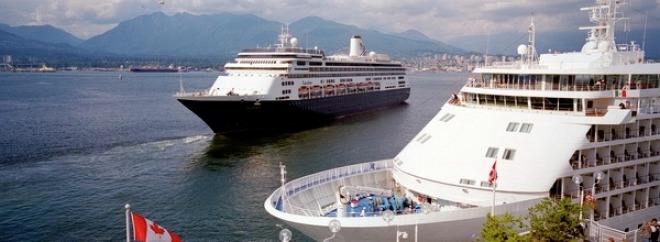
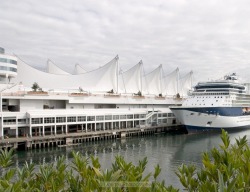
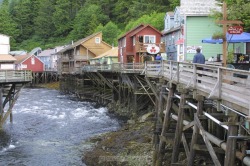
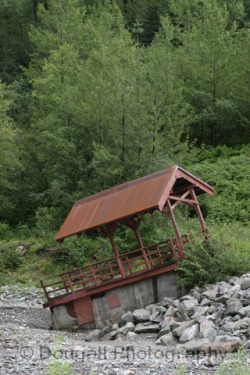
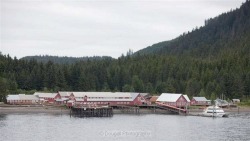
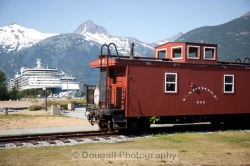
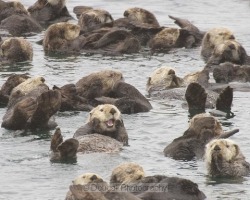
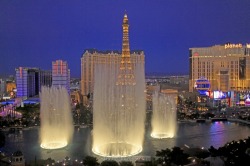
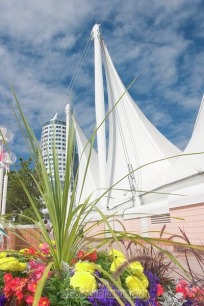
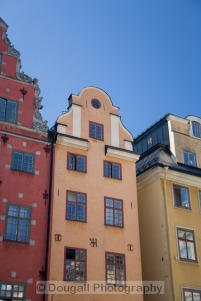
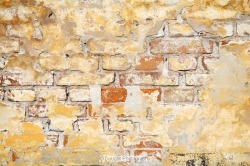
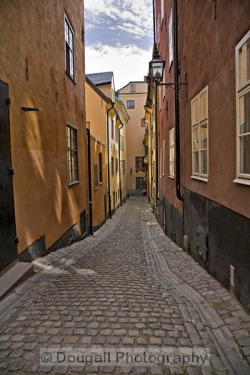


 RSS Feed
RSS Feed
